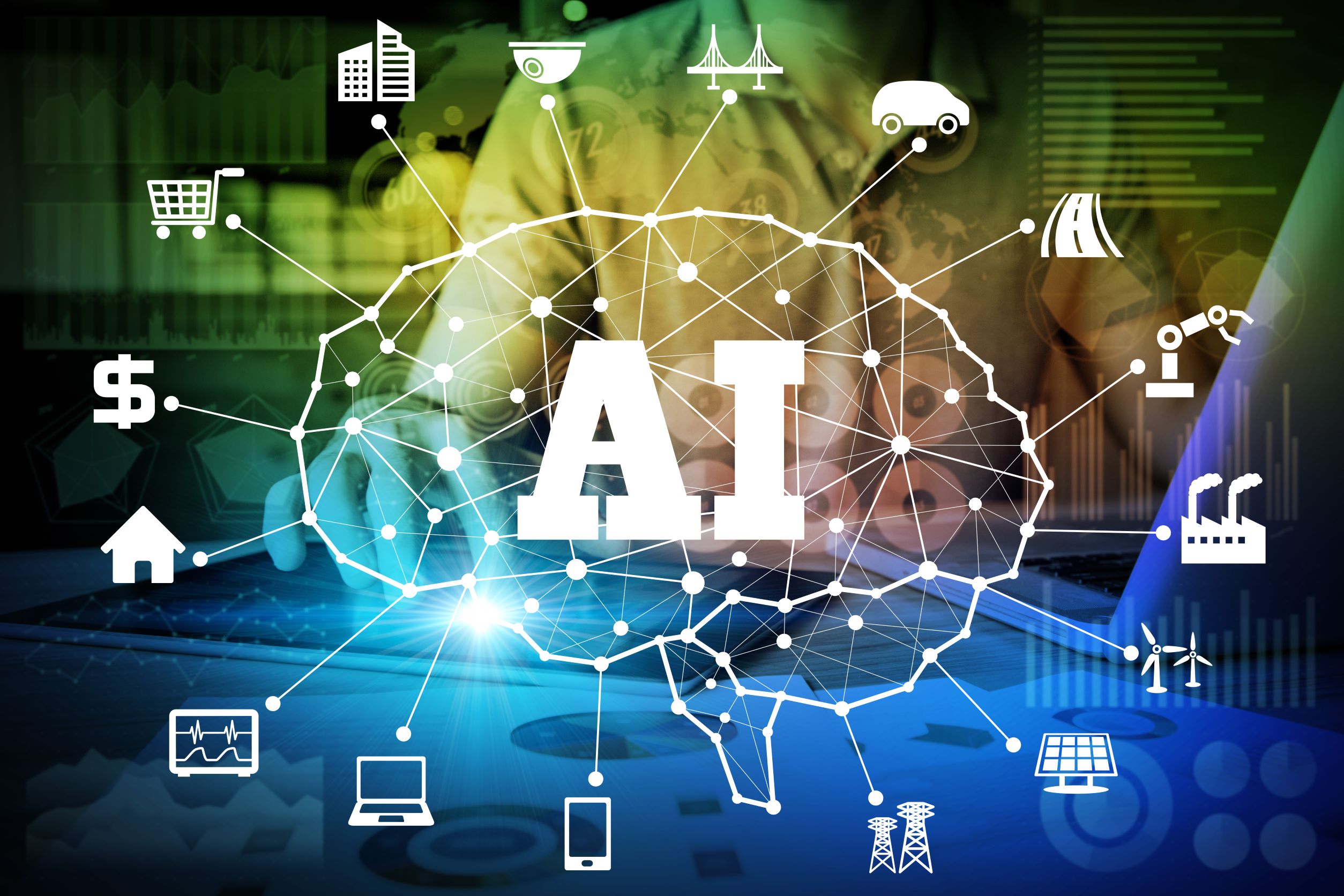What is Artificial Intelligence?
Artificial Intelligence (AI) is a field of computer science focused on creating systems or machines that normally require human intelligence:
- Learning: improving performance from experience or data (machine learning).
- Reasoning: solving problems, making decisions, drawing conclusions.
- Perception: interpreting sensory input like vision (computer vision) or sound (speech recognition).
- Language understanding: processing, generating, and understanding human language (natural language processing, NLP).
- Action: interacting with the environment (autonomous robots, self-driving cars).
There are two broad types of AI:
- Narrow AI (Weak AI): Specialised in a single task (e.g., chatbots, recommendation systems, voice assistants). Most of today’s AI falls here.
- General AI (Strong AI): A theoretical form of AI that can understand, learn, and apply knowledge across domains like a human. This type of AI is still very much under research and debate.
Key techniques in AI:
- Machine Learning: Algorithms learn patterns from data.
- Deep Learning: Neural networks with many layers, inspired by the brain, used for image recognition, NLP, etc.
- Reinforced Learning: A system learns by trial and error with feedback (rewards/punishments).
Getting the basics right first
The implementation of Artificial Intelligence (AI) starts with a solid data foundation. However, many organisations struggle with fragmented and lacking data, unclear strategies, and outdated technology. These issues cause problems with data access, usage, governance, and ultimately value.
At Axisto group, we help you build your data foundation, then develop AI solutions that make impact. With our expertise in data strategy and AI solutions, we offer tailored solutions that transform your operations and create enhanced customer and enterprise experiences.
Prescriptive and Predictive Analytics
Our Prescriptive and Predictive Analytics services empower businesses to not only anticipate future trends but also to determine the best course of action. Predictive analytics uses historical data and machine learning algorithms to forecast future events, helping you stay ahead of the curve. Prescriptive analytics goes a step further by analysing these predictions and recommending actionable strategies to achieve desired outcomes. This dual approach enables you to make data-driven decisions with confidence, optimise processes, and drive growth. With our tailored analytics solutions, you can turn insights into action and be a more effective organisation.

